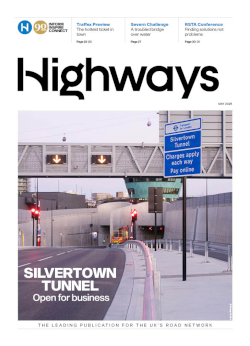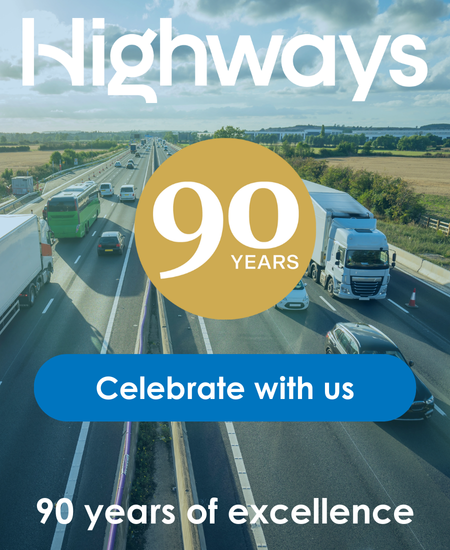Transport planners are being urged to “embrace uncertainty” when looking at future travel trends, and to understand that expecting exact predictions from transport models would be a dangerous thing.
More than 120 delegates at The PTV UK and Ireland User Group Innovation Day in London heard keynote speaker Robin Cambery, Chief Transport Modeller at the UK’s Department for Transport (pictured) reiterate the government’s commitment to using transport modelling to provide innovative insights regarding potential future travel and mobility so that decision makers and policy makers can explore uncertainty in future transport planning.
He told the transport modelling experts that rather than try provide highly accurate predictions they must use uncertainty to their advantage. “Be open about it,” he said. “Make sure modelling gives policy makers a proper understanding of the future rather than giving projections which may well let them down in the future.”
He added that transport modellers are in a unique position to provide insights that can directly influence decisions and policy making and that it is a “lynchpin” in the DfT for informed decision making.
“Don’t paint a false picture,” he urged. “Be transparent about your assumptions – try to resist being railroaded into a single answer.”
He summarised his Appraisal and Modelling Strategy which is analysing a number of key areas in transport including working on how people interact with the urban infrastructure and how the areas should operate. “It’s looking at uncertainty in the future of transport,” he said, “With the ongoing question marks about what future technology might be and how we might use different modes of transport in the future. We are understanding the economic impacts of things like HS2 and then how businesses and jobs are impacted.”
Cambery explained that every government minister and other decision makers are keen on research, evidence-gathering and model testing and that the national transport model is being developed in PTV Visum – the host’s transportation planning software to support strategic and operational decision making.
“Future mobility is part of the Government’s Industrial Strategy, looking at key future mobility issues, how future transport might operate and how we can factor in the uncertainty about what the future holds,” he said. “How can we handle the potentially unprecedented scale of change that could occur? How can we cater for the potential combination of technologies and how can we make analysis quick and insightful? Parts of the national transport model to test the impact of it.”
The event has also heard from Dave Williams, a Senior Managing Consultant at SNC Lavalin business Atkins, who commented that the future mobility has been in the spotlight for three-to-four years and not much has actually changed in the eyes of the wider public. He highlighted the potential threat from new, cash rich tech entrants who may disrupt and end up making things more difficult. He criticised the industry’s “humility” saying it doesn’t shout enough about the good things it does, and how is slow to react to changes – “we are reluctant to fix things that aren’t broken“. He added that the talent pool is small and while the transport industry might not be able to compete on salary yet, with all the exciting things happening on mobility, but can compete on interest.
He also echoed Cambery’s comments by saying “Embrace uncertainty – there is always an error in modelling and we need to accept this.” He urged the group to “take more responsibility” and “demystify” what transport modelling is all about.
PTV UK Director, and host of the day, Devrim Kara said, “The opening two addresses at the User Group Innovation Meeting highlighted the vital role transport modelling in general and PTV in particular plays in understanding the mobility of the future. I am delighted that the Government is embracing transport modelling as a real way to create informed policy and the fact Robin Cambery’s team has grown significantly over recent years shows that transport modelling is giving results that will help create a more efficient and inclusive transport network in the future.”
The PTV User Group innovation day features a range of presentations from users around the world on how modelling software has been used to build real-world transport solutions across modes.
Dave Williams will be speaking at the ITS (UK) Summit in Bristol on 27 November. Book your place at itssummit.co.uk.





